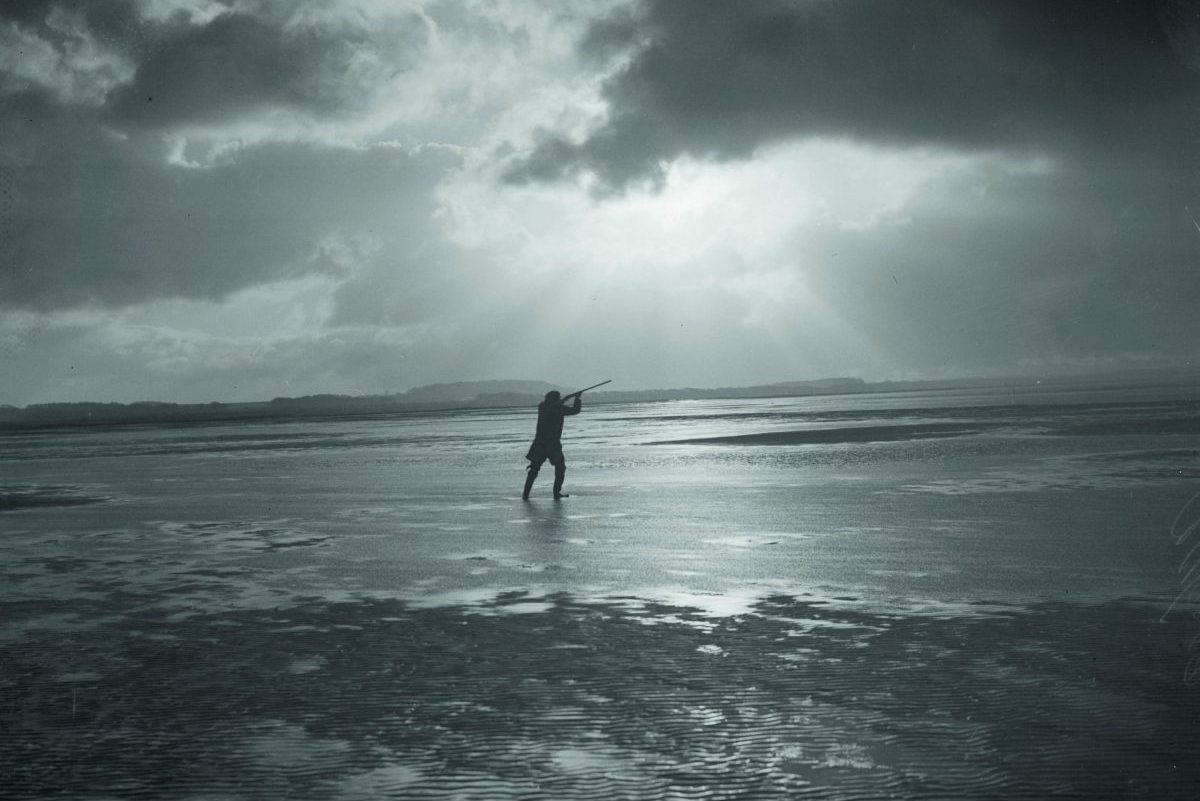A guide to wildfowling in the UK
It’s an exciting time for duck shooters, with months of the new season stretching before us. Here's a useful guide to the various species of duck you're likely to come across when wildfowling in the UK.
Talking about the different species of duck

Mallard
Mallard
- Just about everyone is familiar with this variety of duck and a high percentage of the first duck shot by a wildfowler will almost certainly have been a mallard.
- To be specific, only the male is the mallard. The female is always known as the wild duck.
- The bill of the male early in the season is pale green, which turns yellow when the winter plumage grows. That of the duck is a brownish yellow with brown blotches.
- On the wing the harsh quack of the duck will identify her before she comes into view, whilst her mate is so quiet you might not hear him except over the feeding grounds. Then the waiting gunner is alerted by that wonderful stuttering kekkekekek!
- You are most likely to see mallard flying as a single pair. The duck usually leads.

Wildfowlers need to be perfectly poised to react to the green flash of the speedy teal
Teal
- Teal fly low but are not easy to hit.
- They can be distracted by a swimming dog – perhaps they mistake it for a duck on the move?
- Quite often a flushed teal will fly away only to turn and come back over you.
- With a green-striped chestnut head and finely pencilled markings, the drake is a handsome fellow.
- Teal are just as likely to be found on minute wooded ponds as on the saltmarsh.
- Washlands, tidal rivers and little brooks will all be frequented by teal.
- Teal love seeds, so freshly flooded grassland is a definite draw.

For sheer excitement, nothing – geese included – can touch the enchantment of wigeon under the moon.
Wigeon
- Could be considered the wildfowler’s duck.
- The drake’s high-pitched wheeo will be familiar to all wildfowlers, as will the nasal snaaarrrr of the ducks.
- In the right circumstances, wigeon respond well to a call. A natural whistle is best, but in the cold.
- Both sexes have a snow-white belly when mature, and the male prominent white shoulders
Wildfowling for beginners
An essential guide to getting started in this challenging sport

With its good looks and graceful flight, the pintail is one of our most aesthetically pleasing ducks
Pintail
- A graceful duck
- Master of the air, long in neck and wing with a 4″ black tail on the drake
- Immature drakes have shorter tails
- Less wary than other duck and so possibly easier to decoy
- Pintail love flooded or rotten potatoes
- I experimented once when I found a party of pintail on floodwater out of range of the bank, behind which I was hidden. I had a yellow dog at the time and sent him out to trot along the water’s edge. To my amazement the pintail spotted him and with aggressive chuntering swam towards this cheeky ‘fox’ to give him a piece of their minds.

The rusty headed, stocky pochard is a cherished addition to any bag.

Tufted ducks generally fly in a straight line and can be relatively easy to shoot.
Divers
- Of the divers, tufted duck and pochard are perhaps the most common.
- Tufted duck haunt rivers and fresh marshes, but it is usually icy before the pochard leaves the lakes and gravel pits that it loves.
- The eggs are larger than the mallard’s.
- Both species tend to fly straight and can be relatively easy to shoot, but given height they provide a testing shot.









